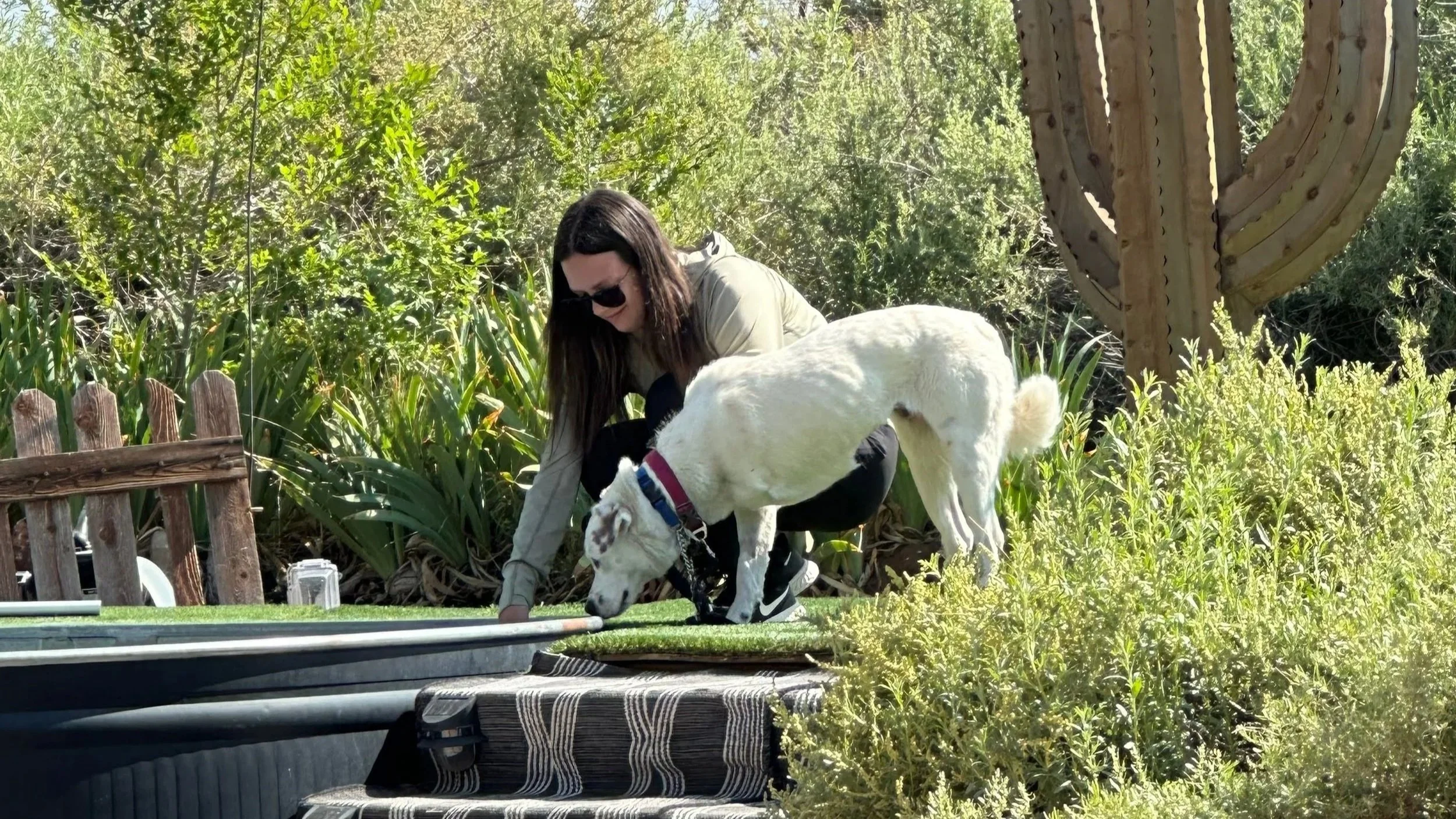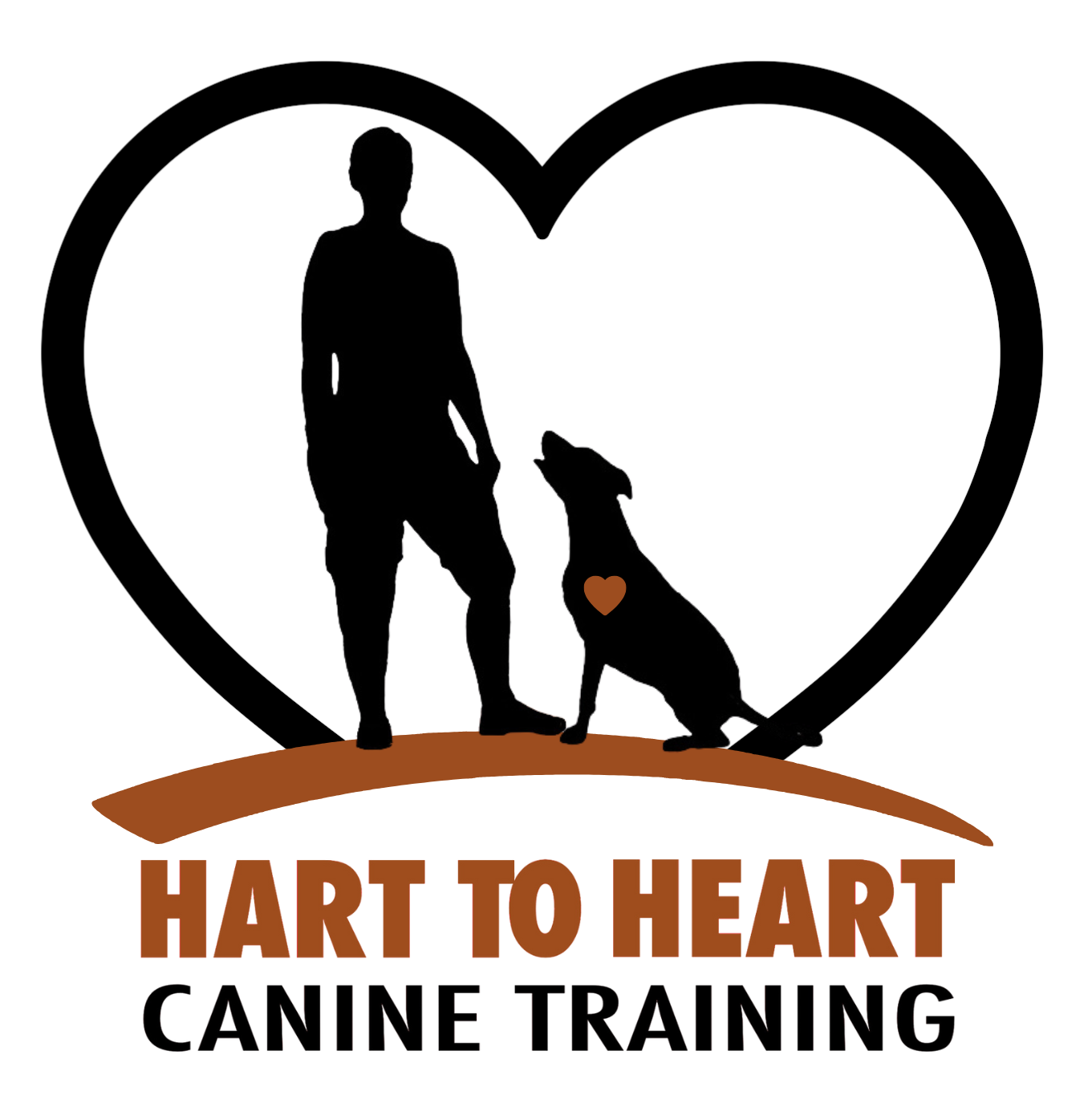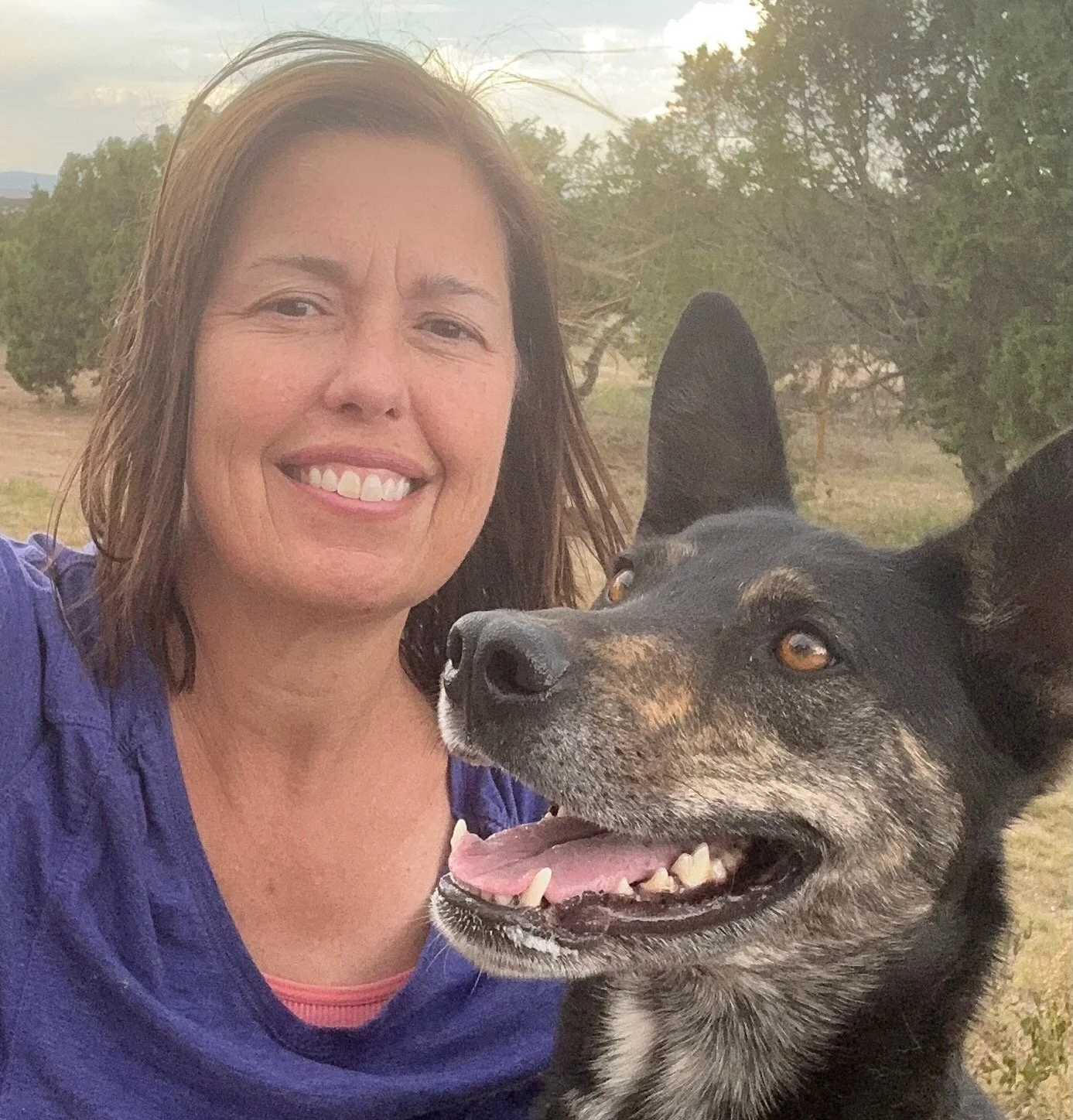
Want to Truly connect
with your Fearful dog?
Let’s raise the bar on fearful and feral dog rehab.
Learn how to help your dog to be comfortable with you and other people, be happy to have a leash put on and go for a walk, like to be touched, come when called, not hide in the house or yard, and live a fulfilling life with a higher level of welfare, all within a reasonable amount of time, you are in the right place.
With scarce resources available in this specialized area, many trainers, rescuers, and dog parents find themselves at a loss when it comes to rehabilitating these vulnerable animals.
The typical training advice for fearful and feral dogs fails to build trust and create a deep, meaningful relationship.
Because of this gap, I developed Nose-Centric Dog Training and Rehabilitation. Drawing from extensive hands-on experience in foster, rescue, client, and shelter environments, I've honed in on what truly works in transforming fearful and feral dogs into happy, thriving companions.
This approach uniquely optimizes a dog’s natural behaviors, especially sniffing, to aid in recovery. Dogs engaging in their natural activities boost dopamine, serotonin, and other feel-good hormones in the body. By doing these activities WITH your dog, you become relatable, trustworthy, and essential in that dog’s life. Fearful and feral dogs need compassionate guidance and unwavering support to act like dogs again.
From communication cues to trust-building techniques, the lessons I’ve learned from fearful and feral dogs have personally empowered me to teach all dogs better, resulting in happier, more well-adjusted canine companions.
By working with me, you'll gain invaluable insights and techniques that transcend traditional training dogmas.
Training does not equal trust. A dog performing obedience does not equate to the same dog trusting their human. Dogs need their humans to become trustworthy, so they do not have to live in fear. This relies on a trusting relationship between dog and human. I build trust with dogs through safety, authenticity, empathy, and creating fear-less behavior.
My typical timeline for feral dog rehab is:
Walking on a leash in 2 to 3 30-minute sessions.
Participate freely in my household routine, which takes about three weeks.
Go to places like parks, it takes about four weeks.
In about three months, Vet visits, getting in the car, coming when called, and enjoying having a leash put on.
Over the next few months, we will expand on this so the dog becomes comfortable with people outside my household, going on trips, visiting pet stores, home improvement stores, and more.
My ex-feral dog, Tipton, has gone to Las Vegas, staying two blocks from The Strip, the Grand Canyon, family road trips, and Yellowstone
The possibilities are endless if we don’t limit our dog’s ability to succeed.
The dogs I rehabilitate are thriving.
They are not merely surviving by living in a small world and secluded in a house or yard. The dogs I work with live like normal dogs, going on walks and hikes, to pet stores, and on vacations. They joyfully come when called and enjoy affection from their people.
Tipton, my ex-feral, former street dog.
He was terrified of a leash, but he wanted to interact with people, so I brought him home. He proved to be the most intelligent and social dog (with those he trusts) I've ever had.
Tipton has since traveled to Las Vegas, just two blocks from The Strip, visited the Grand Canyon, enjoyed family road trips, and explored Yellowstone.
Najah, the Israeli street dog.
Najah was feral, and rescue couldn’t get her to walk on a leash or interact in any way before she attended one of my workshops.
When Lynn adopted Najah, she couldn’t walk on a leash and was very fearful. I had three in-person sessions plus a virtual workshop with my client to help her teach Najah how to walk on a leash, build trust, and come when called.
Najah and Lynn are now coexisting as a happy team. Najah now enjoys walks and playing in their yard.
Let’s Help Fearful and Feral Dogs Find Their Way Back to Trust — Together.
Whether you’re a dog guardian, shelter worker, or trainer, you can make a life-changing difference by learning how to meet dogs where they are and guide them forward with empathy, patience, and scent-based connection.


